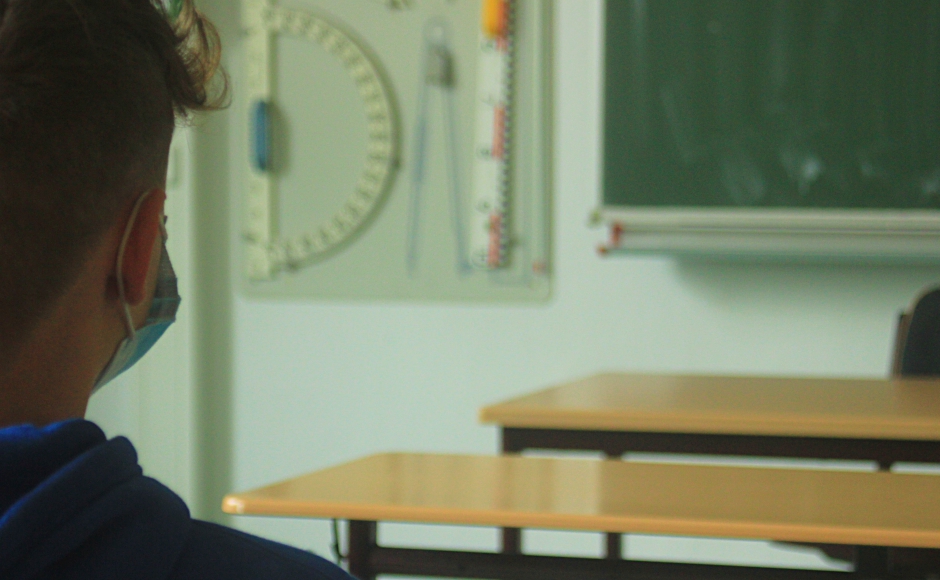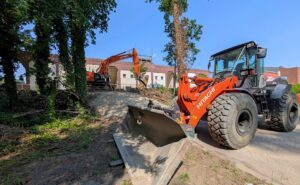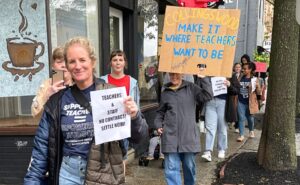 Student with facemask. Credit: Maximilian Scheffler - https://unsplash.com/photos/u036-b1__JQ.
Student with facemask. Credit: Maximilian Scheffler - https://unsplash.com/photos/u036-b1__JQ. Student with facemask. Credit: Maximilian Scheffler - https://unsplash.com/photos/u036-b1__JQ.
Student with facemask. Credit: Maximilian Scheffler - https://unsplash.com/photos/u036-b1__JQ.Related posts

UPDATE: Sinkhole Repairs at Haddonfield Memorial High School Won’t Affect Commencement Ceremony
Repairing a sinkhole at the edge of the HMHS football stadium means “the kids will have to walk in a different way,” Haddonfield Superintendent of Schools Chuck Klaus says. Sign in or subscribe to continue reading…
June 5, 2025
Collingswood Schools, Teachers, Say They Want to Settle Contract, But Talks Drag on
Collingswood Public Schools has been in mediated contract talks with its teachers union since last August. Both sides of the negotiating table say they want to settle, but they haven't come to terms on a handful of key issues. We review them here. Sign in or subscribe to continue reading...
June 3, 2025